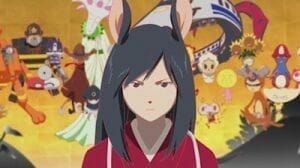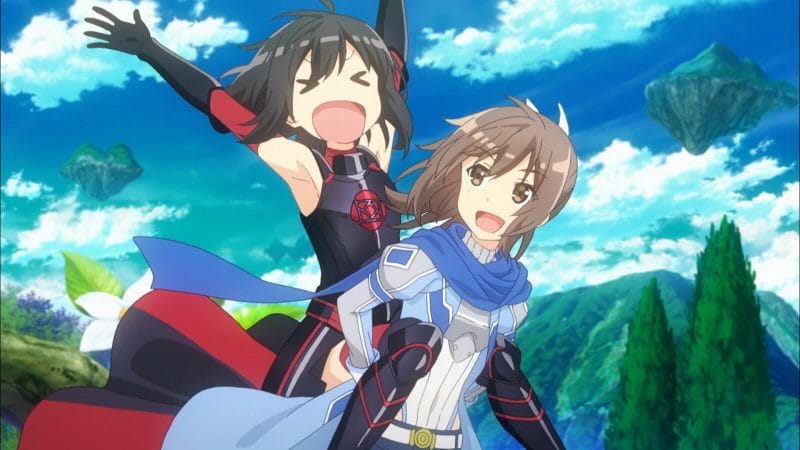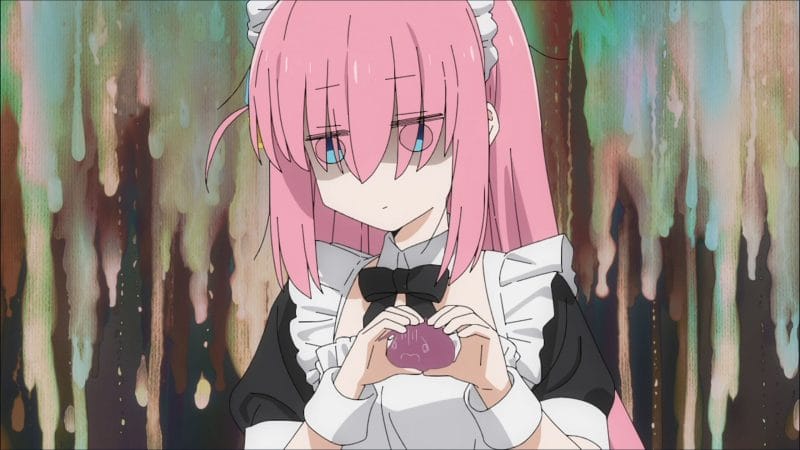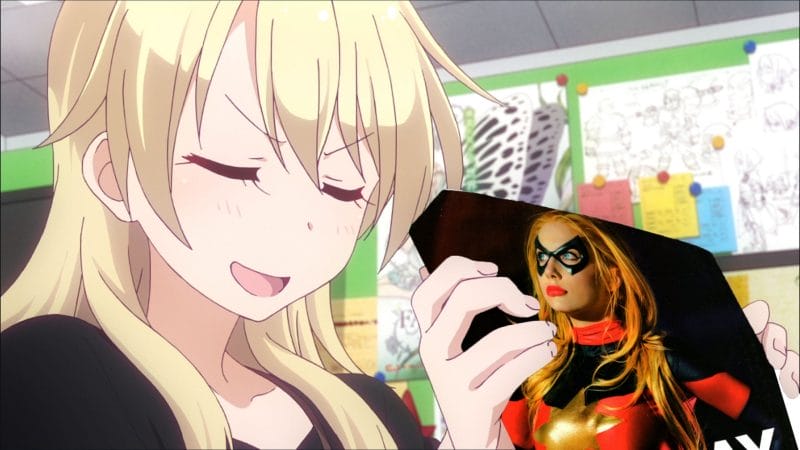 The Purple Cow is an elusive sight. It’s the signature of a remarkable product, a truly incredible item that people can’t help but talk about. These products may not always be fully embraced by the core market, but they have an inexplicable hold on the market that simply inspires conversation. Going back ten, maybe fifteen years ago, when anime was just hitting its stride in the US market, and just about every anime title was remarkable in the eyes of the mass market. MTV aired commercials for titles like Akira, and market-defining titles like Ghost in the Shell were hitting western stores. People were talking, and the sales train didn’t seem to have a final destination in sight.
The Purple Cow is an elusive sight. It’s the signature of a remarkable product, a truly incredible item that people can’t help but talk about. These products may not always be fully embraced by the core market, but they have an inexplicable hold on the market that simply inspires conversation. Going back ten, maybe fifteen years ago, when anime was just hitting its stride in the US market, and just about every anime title was remarkable in the eyes of the mass market. MTV aired commercials for titles like Akira, and market-defining titles like Ghost in the Shell were hitting western stores. People were talking, and the sales train didn’t seem to have a final destination in sight.
In today’s market, things are on a less positive ground. Anime, as a format, doesn’t have the same remarkable luster it once held. Mundane titles like Angel Beats!, K-On!, and Kannagi fill retail space, and serve mainly to sell to the existing base. It’s a safe bet for most companies, and it’s a (mostly) sure way to gain revenues in a down market. However, I’ll be bold enough as to mention that these safe bets are boring.
This isn’t a knock against the quality of the titles themselves, mind you. Rather, I’m speaking more along the ability to attract customers outside of the core market. Those entrenched in the market would probably try to pin this label on a show like, say, Dragon Ball Z or Naruto – they’re both products deemed “inferior” by the larger market, that appeal to a broad market. And, when they first arrived, they were. These were titles that ignited the imaginations and the passions of the larger market. However, for many, the conversation is over, and the purple cows of yesterday have begun to blend in with the rest of the flock.
In today’s market, these products, these purple cows are incredibly rare. It’s difficult to tell when one will arrive, or how long its impact will ripple through the world of the average consumer. Several of these phenomenons have arisen recently, though their lives were incredibly short. Summer Wars, which received a large amount of attention from many who wouldn’t usuallypick up an anime DVD, is the most recent of these. A bitter fight for placement in the Oscar nominees sparked initial interest, and conversations on the film’s style, and its content followed shortly thereafter.
A Purple Cow is a product born of risk, coupled with a firm understanding of the market. These titles come out of nowhere for those not expecting them, and their performance makes perfect sense for those who watch carefully. They are the perfect storm of remarkable products marketed in a particularly remarkable way. Finding remarkable products in Anime is difficult, as the content is produced by Japan, for Japan. Remarkable titles do exist, and several are actually held by the western distributors. However, they often go far under the radar, and are not marketed to their full potential out of fear of chasing the wrong market.
Even if they were given the proper nudge, these purple cows may not always have the most sustained sales burst. Products like Hellsing or Black Lagoon, which are heavy on action and dabble in themes that many Americans would grasp without being intimidated, could be seen as potential purple cows. They are remarkable products that simply didn’t get the most remarkable attention by marketers. How these titles would perform even if they were given the proper attention is debatable. After all – both have come and gone, and their impacts were made years ago.
It’s difficult to spot a purple cow before it surfaces. Until it receives that extra-special push, that marketing end, it’s just another brown cow in a sea of other brown cows. That brings about the skilled marketers, who can find that particular cow, and expose its brilliant purple for everybody to see.
What Purple Cows do you see in the anime market today?











